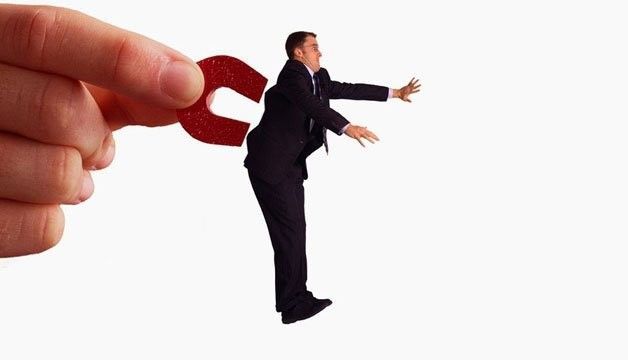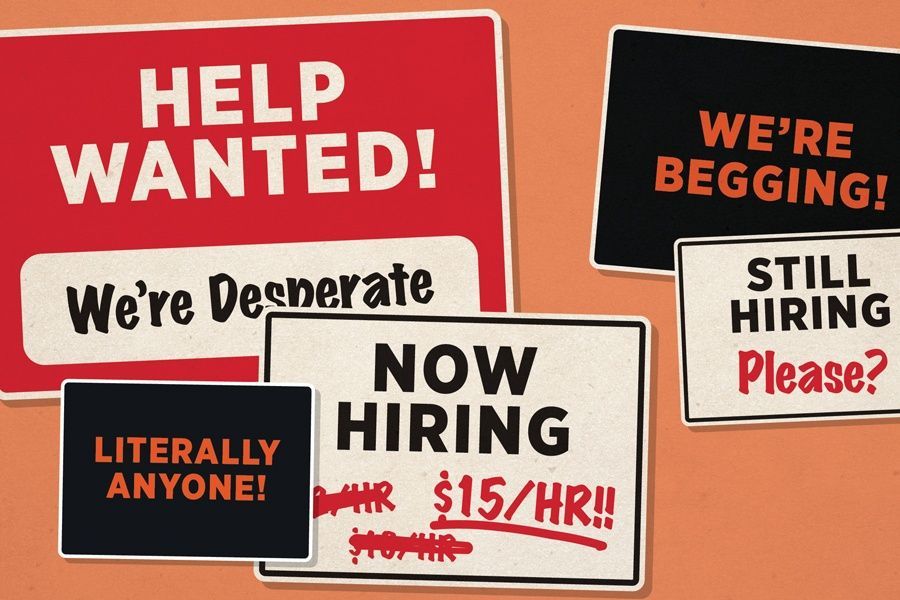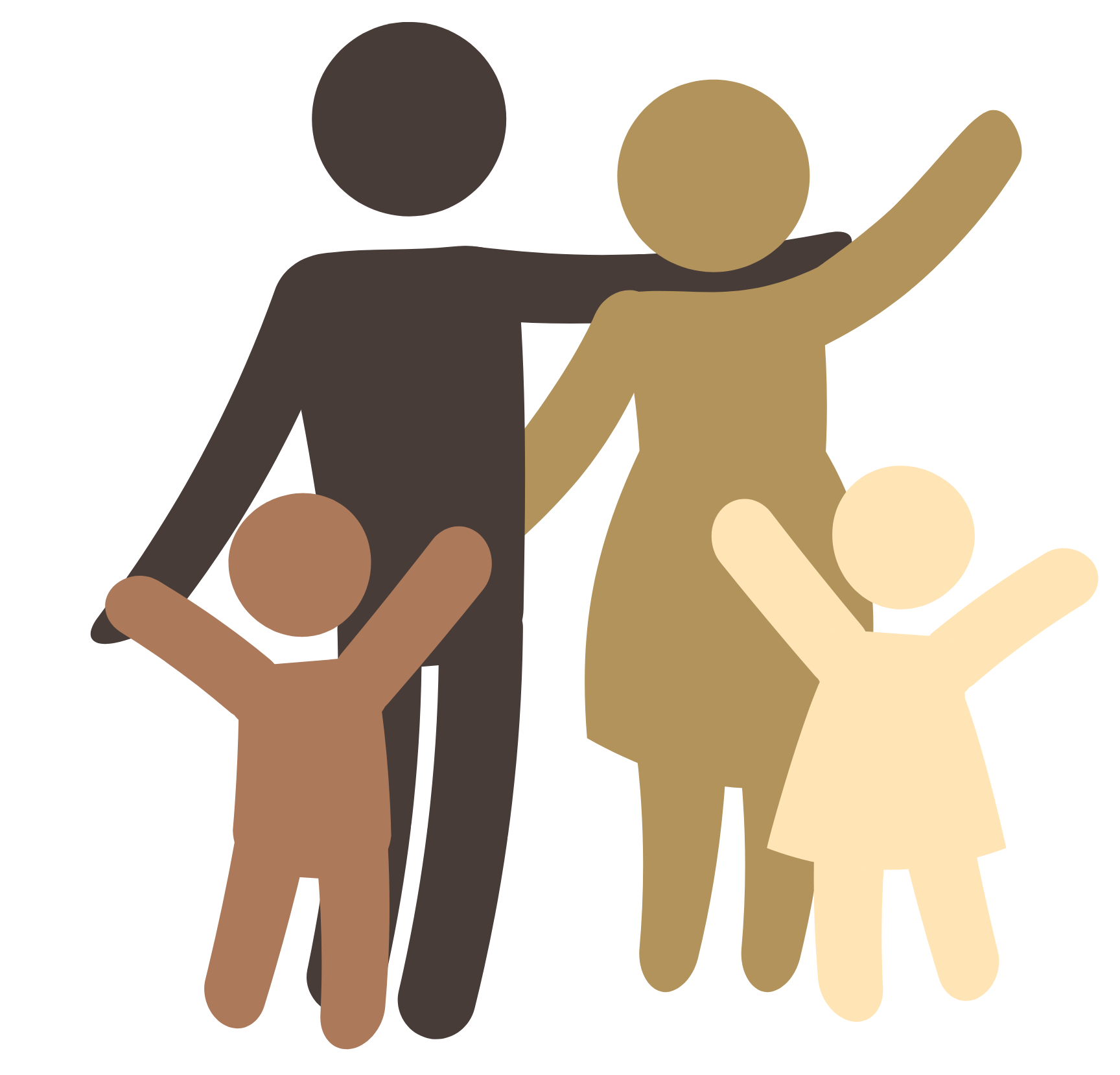They operate on the same long-standing model taught to Baby Boomers (those of us ages 55-70) by our parents, the Traditionalist Generation (those ages 71 and older). The Traditionalist generation lived thought the Great depression learning to live without and went off, fought and won the war that saved the world from the Nazis. And how they did that was they learned to do what those in power had over them – to obey orders without question – and when the few did not they were swiftly punished and that resulted in our saving the world!
When they came back from the Great War and civilian life was restored for the longest continuous period of prosperity in US history, those Traditionalists raised the next generation of children – the Baby Boomers. They disciplined us by telling us what to do, when to do it, and swiftly punishing us when we did not obey. It saved the world so it must be good for raising children. And that was reinforced by a plethora of TV shows such as Father Knows Best and Leave it to Beaver that showed that listening to what parents say would end positively.
And it was those traditionalists that started and ran most of our educational and child welfare services in the 60’s-80’s firmly based on the same belief; that those in the parental role, the power role, simply need to set the rules and punishments for violating the rules and keep using increasingly severe punishments and that will result in compliant, obedient children, aka workers.
Schools have told children what the school rules are and what will happen if they break a rule. The standard process is for the teacher to send the child to the “office” where the Principal or his/her assistant will talk to the child and punish him/her believing that will stop the problem behavior. When that same child returns, the person now metes out more severe punishment on the belief that you can punish a child into compliance; it just takes the right amount of punishment to work. We go from a time-out to an in-school suspension to an out-of-school suspension to an alternative school setting to expulsion.
In out-of-home care services for child welfare and juvenile justice we follow the same model. We set rules and a set of progressive punishments (the politically correct will call them consequences but they are still punishments).
In the two major foster care precertification training programs used across the nation today they have foster parents as part of the training write house rules and consequences for inclusion in the Home Study. Parents are instructed to review them with a new child coming into their home as quickly as possible. The foster parent acts just like the classroom teacher does. When there is a problem the foster parent sends the child to the agency’s social worker who acts just like the Principal, deciding on the punishment up to and including discharge from the care setting to a “higher level of care.”
And just like in school settings, we move children to a more restrictive setting, thinking placing them in a more restrictive and controlled setting, where we again review the rules and progressive punishments, will result in more compliant children.
In juvenile justice we do the same thing. We first punish with probation, then a more restrictive setting then a more restrictive setting until we restrict them to jail.
Let me be clear, for 80% of children this system works fine. In fact for 80% we could say “stop” and make amends and they could and would. That is not the group I am writing about.
It’s the other 20% that consume 80% of our time and resources.
This is confirmed by the Pareto Principle. The Pareto Principle tells us that 20% of our children will consume 80% of our time and resources.
| Pareto Principle – the 80-20 Rule The Pareto Principle (also known as the 80–20 rule , states that, for many events, roughly 80% of the effects come from 20% of the causes.
Pareto Principle – the 80-20 Rule In health care in the United States, 20% of patients have been found to use 80% of health care resources. Several criminology studies have found 80% of crimes are committed by 20% of criminals. 20% of your staff will cause 80% of your problems. 20% of your clients will consume 80% of your time and resources. |
For this 20% continuing to simply follow the old practice of simply increasing the punishment will not produce the results you are seeking – compliance – and that is the insanity we need to stop. If what we are doing is not working we need to stop doing more of it and look for an alternative.
In 2012 AFCARS reported CPS in the US received 3.4 million referrals involving 6.3 million children.
62% were screened in for services = 2.1 million
September 30, 2013 there were 402,378 in out-of-home care = 19%
The National Center on Educational Statistics in May 2013 reported that in the 2011-12 school year there were 3.1 million public high school students and that 81% graduated on time with a high school diploma. 19% did not.
If what we are doing is not working for the 19% then the question is are we open to doing a different model than we have been using for the last 60 years?
In all three settings we need to move from the long-standing model of “punish rule breakers enough and they will stop breaking the rules” to a different approach.
The long-standing model is based on a simple belief that it is an issue of “will.”
The child is not willing to follow the rules. Let me suggest that the real problem for the 20% is not “willing” but “able.” When someone is not able to do a behavior, such as sit still in a classroom, then you can punish him or her forever and that will not result in compliance because they are not able.
The same is true in in-home and out-of-home care settings – using externally imposed punishments to force the child/ student/ client to comply will not work when they are not able to do the behavior. And in child welfare, which has been mandated to assess for and treat trauma, what we are doing is operating our services the same way we always have, the same way the abused and neglected child has experienced adults in their family and school. We end up simply re-traumatizing the child/student/client more and we wonder why they end up in more restrictive treatment settings for longer periods of time and eventually in our adult prisons.
| 68% of males in state and federal prisons did not complete high school. 70% of inmates in California’s prisons system were former foster youth.
|
For this 20% its time to stop the insanity and start using a different approach.
A number of child professionals have been writing about the need to identify what these children/students/clients lack and teach it rather than punish them for not having it. They refer to these missing or lagging skills as executive functioning skills.
Executive functions involve (at the very least):
- Planning for the future and strategic thinking;
- The ability to inhibit or delay responding;
- Initiating behavior; and
- Shifting between activities flexibly.
If we break down the skills or functions into sub functions, we might say that executive functions tap into the following abilities or skills:
- Goal setting and achievement
- Planning to achieve a goal
- Sequence activities logically
- Prioritize what needs to be done first, second, etc.
- Organize time, materials, room, self
- Initiate activities independently, without prompting required
- Inhibit impulsive behaviors such as blurting out responses
- Shifting from one activity to another
- Self-monitoring
- Emotional control
- Completing tasks, activities, goals
Greene and Ablon in their book, Treating Explosive Kids , from the Department of Psychiatry at the Harvard Medical School state, “Explosive kids have lagging skills in the domains of flexibility/adaptability, frustration tolerance and problem solving.”
To help you, I need to remind you that the place you must start is with your staff. Parallel Practice tells us you must first set the non-punitive progressive discipline model in place with staff as the foundation for setting it in place with your students, clients.
If you are a school, what I am recommending is you move your school from a traditional model to a success-focused school; that you begin to use “Restorative Discipline” as your model. I have developed a school specific training for Educational Leaders focused on how to build a success focused school environment with teachers. I recommend you begin by training all supervisors from Superintendent down in Supervision for Success.
If you are an out-of-home care program I recommend you move from a traditional model to a success-focused model of training for lacking skills, not punishing children because they lack them. As an out-of-home care provider, after completing the foundation workshop, teach supervisors and organizational leaders, and then direct service staff, in “An Alternative to Traditional Care in Foster Care/Group/Residential,” to introduce staff to the alternative and its researched clinical base for moving from a compliance to a teaching model and how it works.
If you want to stop the insanity and increase your success with the 20%, email me or give me a call and lets see how I can help you be more successful in your setting.
LEADING FROM OUTSIDE THE BOX is a monthly newsletter for human services leaders.
Its purpose is to challenge your thinking and help you improve organizational and outcome performance.
To receive your copy free, simply email Jeff Bormaster and ask to be added to the mailing list. Feel free to share these newsletters with other human services leaders, simply include the contact information.
You can read previous issues of Leading Outside the Box at www.jeffbormasterconsulting.com/topics











